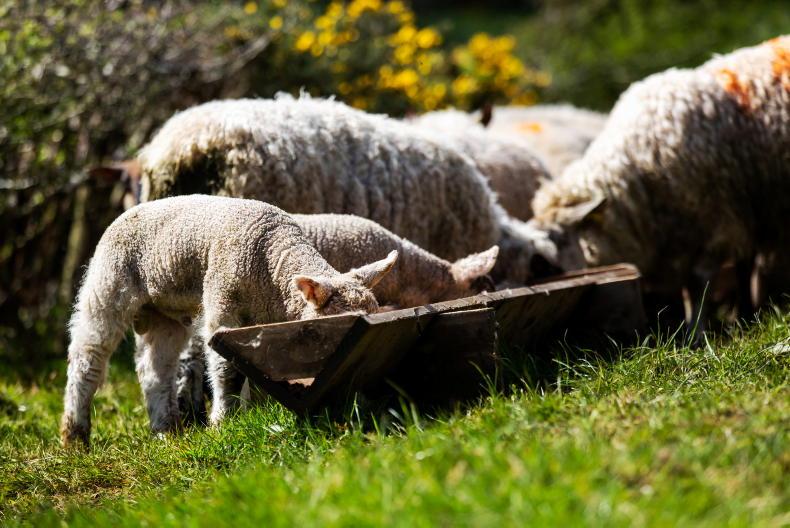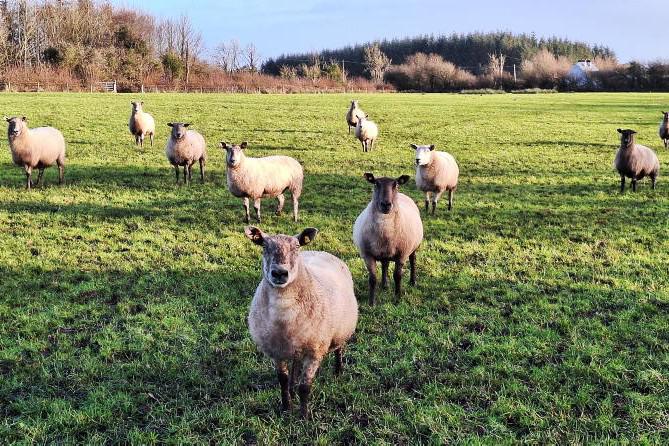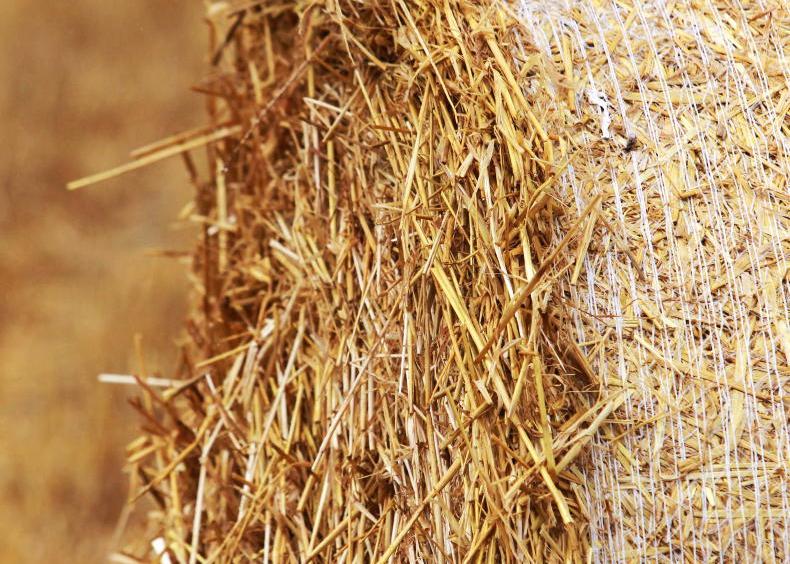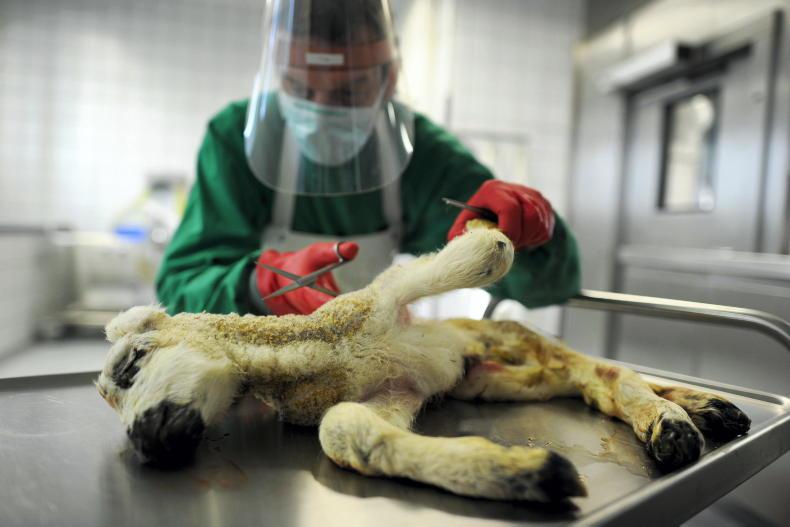Weather challenges
Rainfall over the last 48 hours has been very variable depending on location. Marginal lands which were just starting to dry are back to square one and this is further delaying fertiliser applications whereas there was a good opportunity to apply fertiliser on drier lands which many producers availed of over the last week.
Grass utilisation had improved significantly but is likely to dip again. This will mean a return to practices such as supplementing ewes with lambs at foot and conserving grass supplies where there are signs of a potential deficit. With days getting longer, the situation can turn quickly but you will still need to be careful and take appropriate actions to ensure you remain in a good position.
Where utilisation is relatively good in general, 0.5kg to 0.6kg will help fill a nutritional deficit, rising to 0.7kg to 0.8kg if ewes are in poor body condition. If grass is in supply deficit or where utilisation is particularly poor then supplementation rates should be increased to 1kg to 1.2kg for twin-suckling ewes and 0.5kg to 0.6kg for single-suckling ewes, with thin ewes again receiving 0.2kg to 0.3kg more.
Flocks that lambed in mid-February to late March should be batched up into larger grazing groups as this will be vital to managing grazing in the weeks ahead.
Prolapse issues
Most flocks will experience a case or two of vaginal prolapse but where significant issues occur then there are likely to be underlying factors. Factors such as excessive body condition, inadequate space at feeding barriers, a higher than desirable fibre content in the late-pregnancy diet and high litter sizes are all common contributors.
There is little that can be done regarding body condition in late pregnancy and hence solutions should involve ensuring high-energy feeds are offered to ewes to meet nutritional requirements while restricting access to high-fibre feeds. Splitting concentrate supplementation into a number of feeds, ensuring there is adequate space at feeding barriers and improving ewe exercise, where feasible, can help.
Some flocks experiencing significant issues have found letting triplet- and quad-bearing ewes outdoors for a period helps, with ewes receiving a nutritional boost from grass and relying less on supplementary feed. This of course is not practical with big numbers but may provide respite for a selection of ewes experiencing issues.
Uterine prolapses are much trickier to contend with as they can raise their head in one year with a number of cases and then disappear again for a significant period. There is no exact cause identified but the factors above can all contribute, along with lameness (ewes lying for long periods and putting pressure on vaginal muscles). Ewes lying outdoors on steep inclines and genetics are also thought to possibly play a role. The prognosis for treatment and recovery is poor and veterinary treatment, where an anaesthetic can also be administered while suturing or a call on euthanasia can be made, is recommended.
Issues can frequently occur after a difficult lambing. At last week’s Northern Ireland Sheep Programme virtual event, veterinary practitioner Noel Doyle advised that where ewes experience a difficult lambing and are subject to a lot of handling and movement of lambs within the ewe then they should receive pain relief post-lambing and antibiotic treatment should also be considered to prevent infection.










SHARING OPTIONS